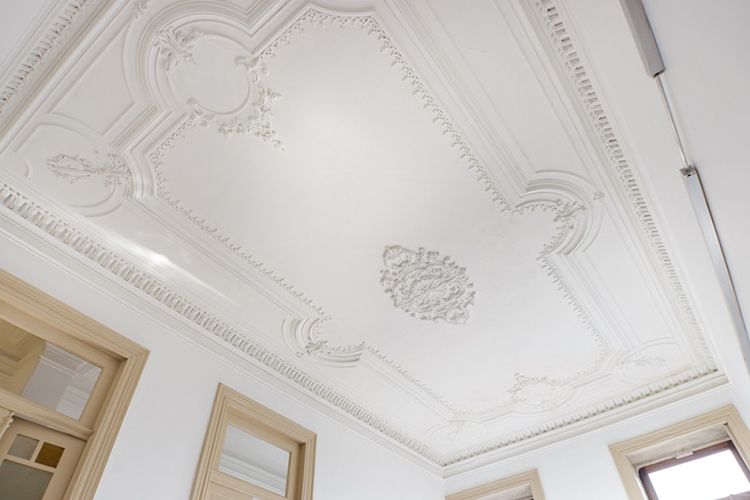Crucial Devices and Techniques for Professional Plastering in your home
Crucial Devices and Techniques for Professional Plastering in your home
Blog Article
Key Tips and Equipment for Successful Smudging in Your Home Enhancement Endeavors
Accomplishing a flawless plaster coating in your house improvement jobs needs a blend of the right tools and proven methods. Necessary executes such as the hawk and trowel are critical for efficient application, while correct surface preparation lays the foundation for success. Moreover, comprehending the subtleties of mixing plaster and using it in thin layers can substantially influence the final result. As we explore these essential elements, it ends up being evident that avoiding typical risks can boost your plastering skills-- ensuring your next project not only satisfies however goes beyond expectations.
Crucial Plastering Tools
The essential tools incorporate a variety of applies created to help with the plastering procedure effectively and effectively. Key parts consist of a hawk, which is a level, square tool made use of to hold the plaster while applying it to surface areas.

Furthermore, a blending bucket is necessary for preparing plaster, making certain the best uniformity before application (Plastering). With each other, these crucial plastering devices enable both professionals and DIY enthusiasts to accomplish high-grade outcomes in their smudging tasks.
Surface Area Prep Work Methods
Properly preparing the surface area before gluing is crucial for making certain adhesion and achieving a perfect coating. The very first step involves cleaning the surface to get rid of any dirt, oil, or old paint that might impede the plaster's capability to bond efficiently. An extensive laundry with a suitable cleaning solution is suggested, followed by rinsing and allowing the surface to completely dry completely.
Next, examine the surface for any cracks or blemishes. These should be filled with a suitable filler compound and permitted to heal according to the maker's directions. For porous surfaces, using a guide is vital to enhance and develop an uniform structure adhesion.
Furthermore, it is crucial to make sure that the surface area is steady and structurally audio. Any loose products, such as flaking paint or damaged drywall, should be fixed or removed. If functioning with stonework surface areas, consider using a scratch coat to enhance grip.
Mixing Plaster Like a Pro

Using a clean blending container, pour the water first, after that progressively add the plaster powder while mixing continuously - Plastering. This approach aids to avoid clumping and makes sure an even distribution of products. A mechanical mixer can be advantageous, giving consistent outcomes and saving time. Go for a creamy, lump-free consistency that enables for very easy spreading however is thick enough to hold its form without running.
When combined, allow the plaster to rest for a couple of minutes to make it possible for the gypsum crystals to hydrate completely. This relaxing duration boosts workability and decreases the danger of breaking throughout application. By following these steps, you can blend plaster like a pro, setting the foundation for a successful smudging project in your house enhancement ventures.
Application Approaches for Smooth Finishes
With the plaster mix prepared to the excellent consistency, the next step entails picking proper application approaches to achieve a smooth finish. This tool enables for a penalty, also circulation of plaster across the surface while lessening trowel marks.
Begin by applying a charitable amount of plaster to the surface area making use of the trowel, ensuring it adheres well. As soon as the initial coat is applied, websites make use of a sweeping movement to smooth the surface, using even stress.
For the final touches, a moist sponge can be utilized to improve the surface even more. Gently haze the plaster with water and carefully rub the surface area to achieve a polished effect. Constantly remember to function in small sections to maintain control over the more application process, making sure a smooth, professional finish throughout your plastering project.
Usual Blunders to Avoid
When getting started on a gluing task, staying clear of common errors is essential for accomplishing a flawless finish. One of the most prevalent errors is overlooking surface prep work. Failing to tidy and fix the substrate can cause inadequate attachment and uneven surfaces. Make sure that all dust, grease, and loosened materials are eliminated prior to using plaster.
An additional typical error is using plaster also heavily. Thick layers can fracture as they dry out, endangering the integrity of the finish. Instead, opt for multiple thin layers, allowing each coat to dry totally prior to using the following.
Additionally, inadequate mixing methods can lead to inconsistent structure and workability. Constantly follow the manufacturer's directions for blending proportions and extensively mix the plaster to attain an uniform consistency.

Timing additionally plays an essential function; plaster should be used while the substrate perspires to boost bond. Last but not least, avoid using inappropriate devices. High-quality trowels and drifts can make a significant difference in attaining a smooth coating. By avoiding these typical mistakes, you can enhance the top quality and long life of your plastering work, resulting in a more professional result in your home renovation undertakings.
Verdict
Efficient plastering requires an extensive understanding of crucial tools and methods. By making use of proper devices, guaranteeing thorough surface prep work, and adhering to suggested mixing proportions, optimal results can be achieved. Employing proper application techniques further boosts the surface, while recognition of typical mistakes can prevent problems. Proficiency of these elements not only adds to the visual appeal of an area but likewise makes sure durability and long life in plastering tasks, making them integral to effective home improvement ventures.
A float is one Continue more vital tool, which helps in leveling the plaster and accomplishing an uniform surface.

By following these actions, you can blend plaster like a professional, establishing the foundation for a successful smudging job in your home improvement undertakings.
Lightly mist the plaster with water and delicately rub the surface area to accomplish a sleek impact.
Report this page